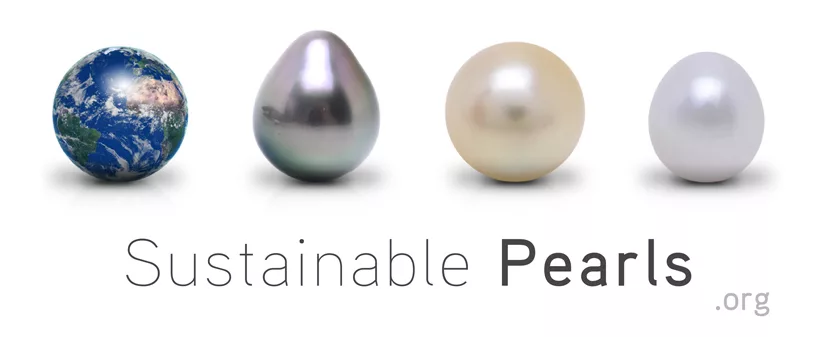Conservation and community development in Micronesia
The project for sustainable cultured pearl production in Micronesia began in 2001. It was envisioned as a way of merging marine conservation efforts and economic livelihood opportunities for communities on a number of islands. This community pearl farming project is supervised by scientists from the College of Micronesia. In 2008, first pearls were produced.
The aim of the Micronesian project is to offer employment to communities by training them to produce cultured pearls, and preserving the marine environment at the same time. They have implemented an integrated marine management plan attempting to extend conservation from pearl farming areas to surrounding communities. Pearl farming and associated activities are seen as an alternative source of income to fishing which is the main source of cash income on the islands where pearling projects have been set up.
Impacts
Pearl farming and pearl jewellery crafting offers a source of income that reduces dependency on reef fishing. This makes the set up of Marine Protected Areas (MPA) possible because it is not associated with less income, and pearls provide tangible benefits to locals. Concurrently, pearl farming has raised environmental awareness on Pakin for example.
For more information on pearl farming in Micronesia and pearls from Micronesian pearl farms see this 2012 article.
In action
Discover more pearl
sustainability case studies
Click on the case studies to learn more
